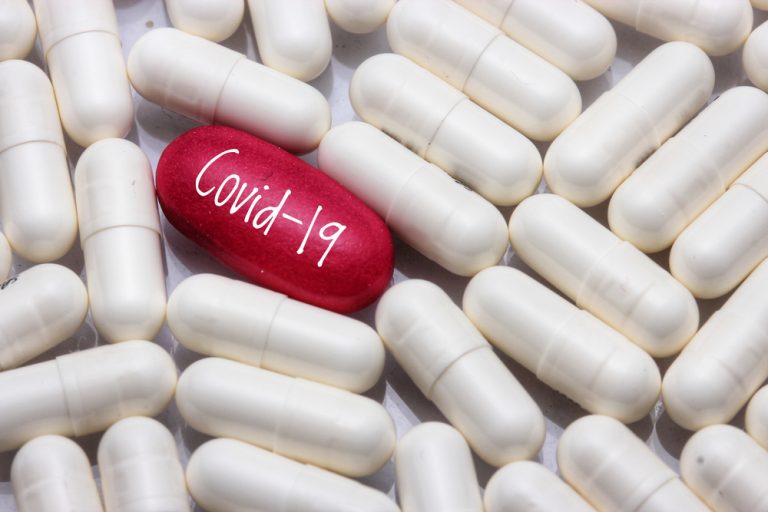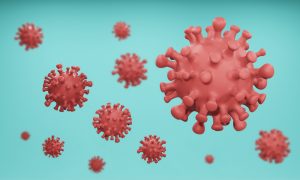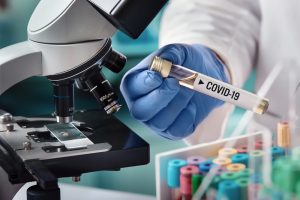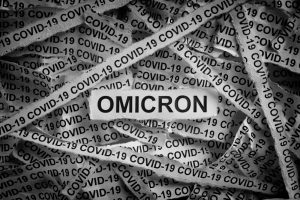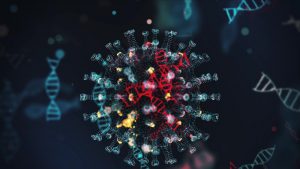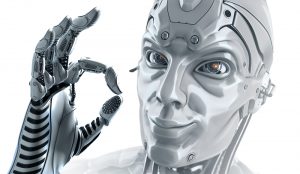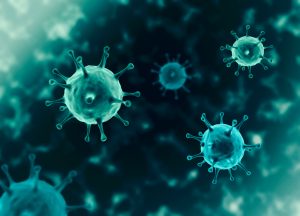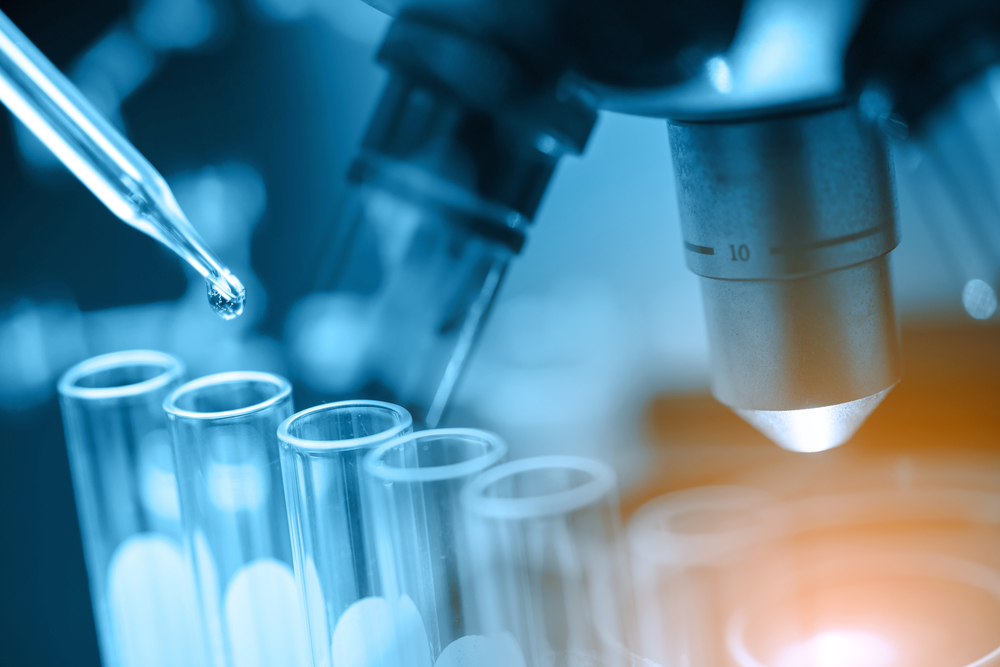
4. Mini-kidney
A team of scientists from Australia has managed to grow an organoid that represents a mini-kidney. They used stem cells in order to form an organ that has three different types of kidney cells. This kind of process has never happened before, and what these scientists did differently is that they grew the mini-kidney into a method that followed the development of a normal kidney.
5. Mini-lung
A large group of researchers that come from many institutions collaborated to create an organoid. They succeeded in growing a 3D mini-lung, that developed airway structures, or bronchi, and also lungs sacs. In conformity with Jason R. Spence, who is a senior study author and an assistant professor of internal medicine and cell and developmental biology at the University of Michigan Medical School, affirmed that this organoid can mimic the response of a real lung.
This way, the mini-lug will lead them to find out how human organs form and change with disease, and also, how a real organ will respond to the new medicine. While this organoid survived in the scientist’s lab over 100 days, it can’t technically live forever.
TAKEAWAY
Scientists are moving more quickly when it comes to discovering new information about how the human body works. Soon enough, a bunch of researchers from several institutes will gather into a fancy lab, and create the first mini-human.
But until we hear or read about that, we will surely see more and more articles about scientists who created human body parts in the lab. Who knows, maybe someday they will create the real-life versions…








